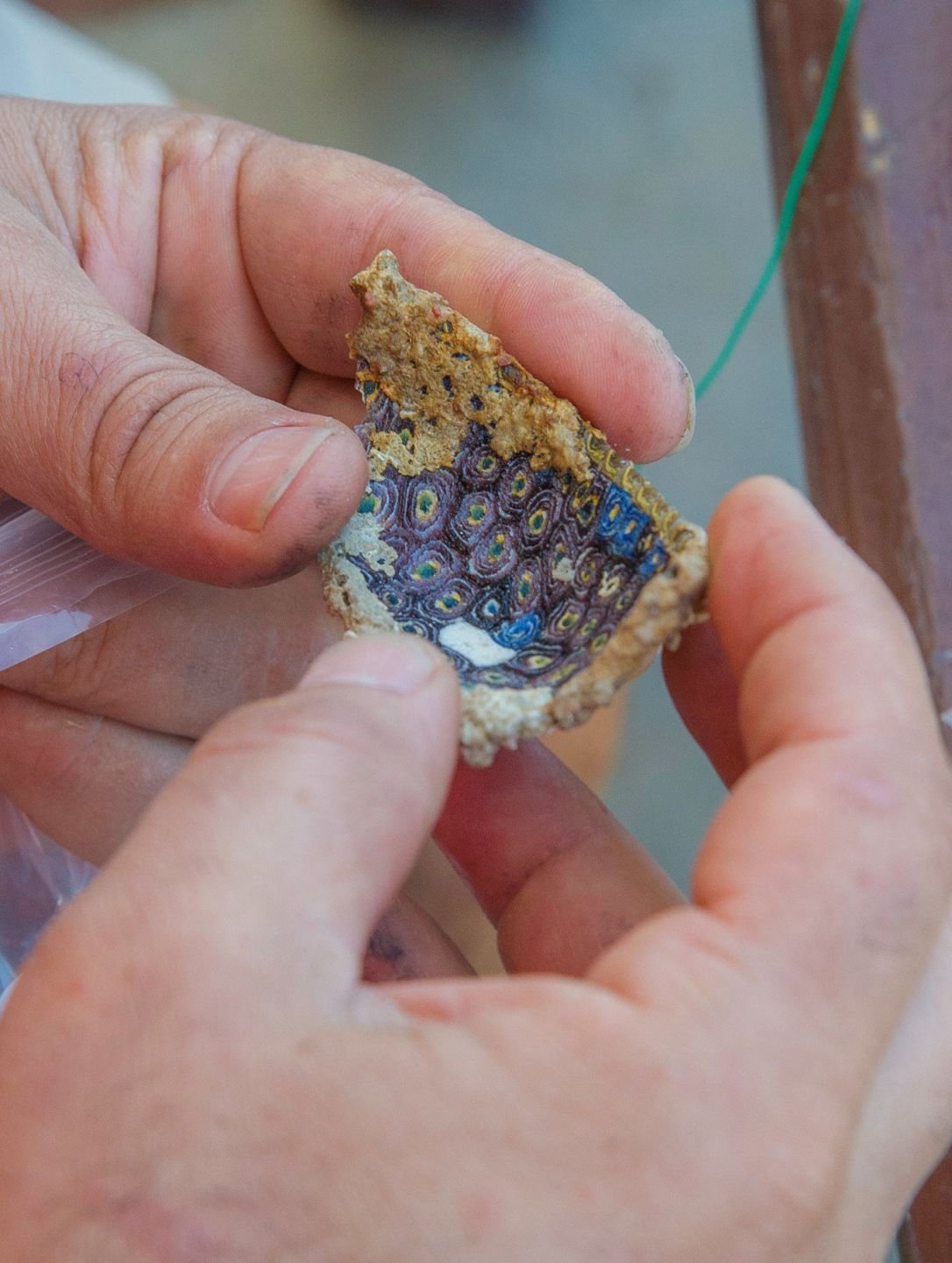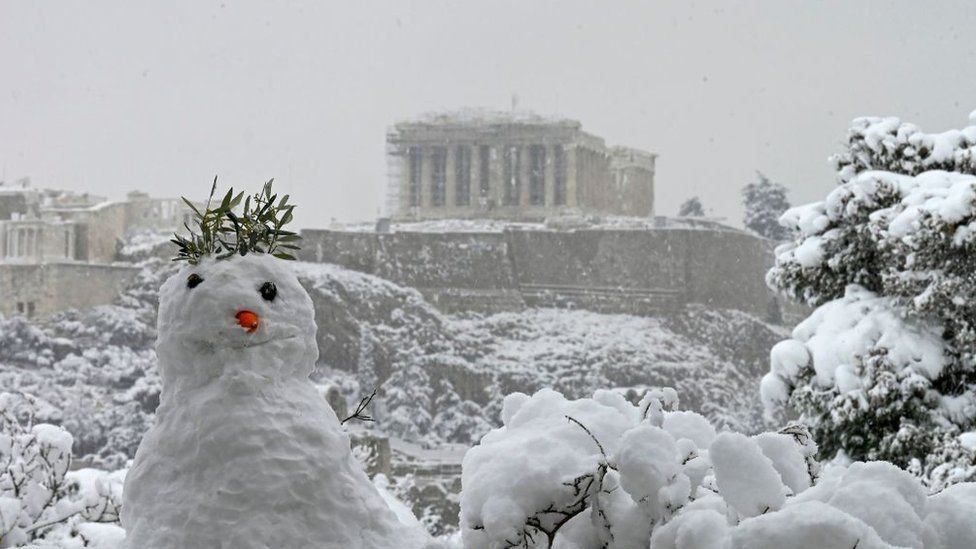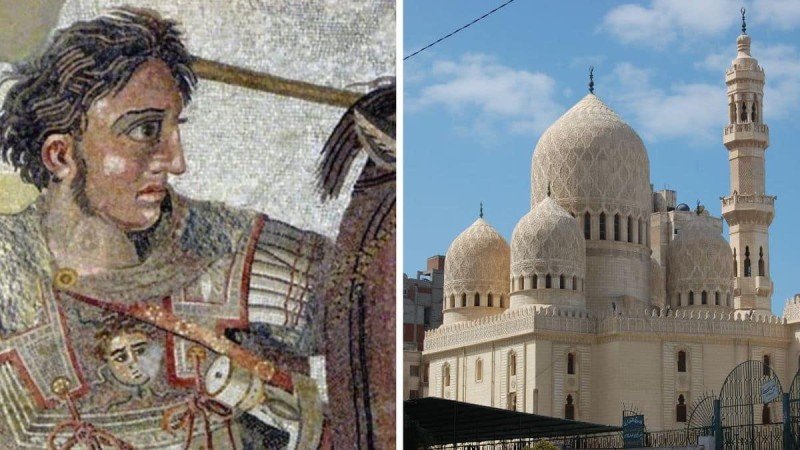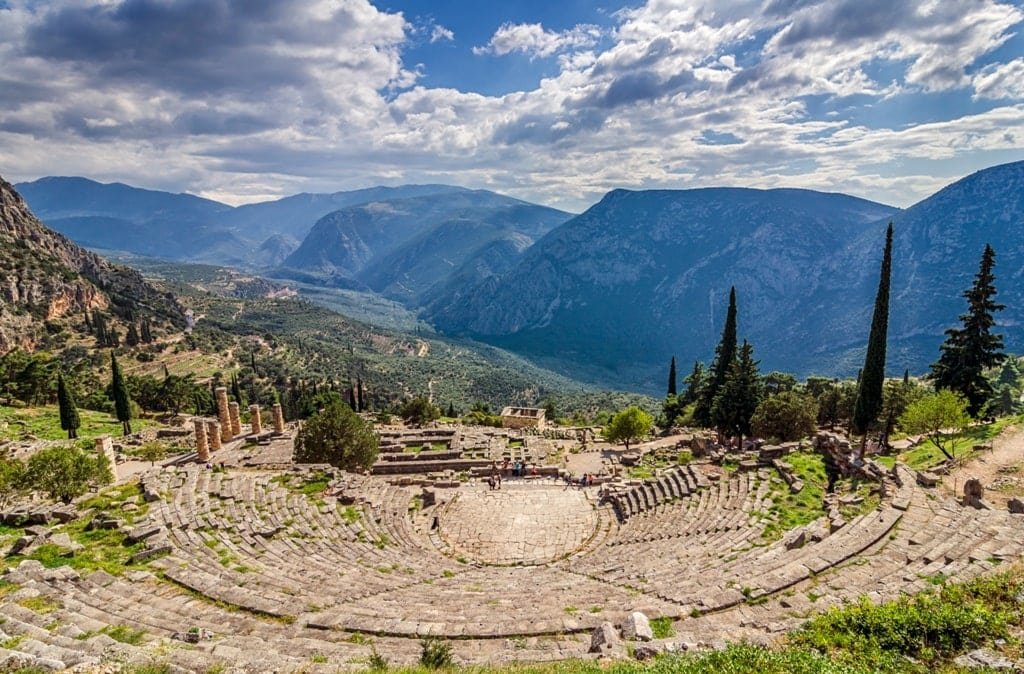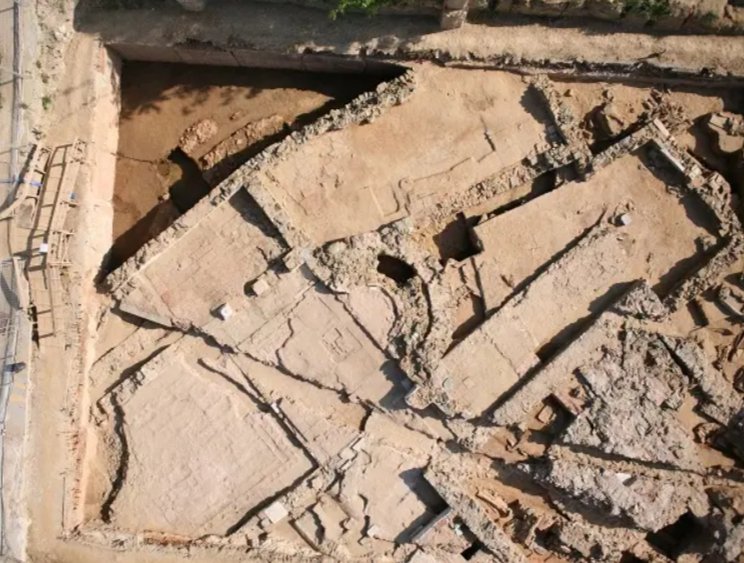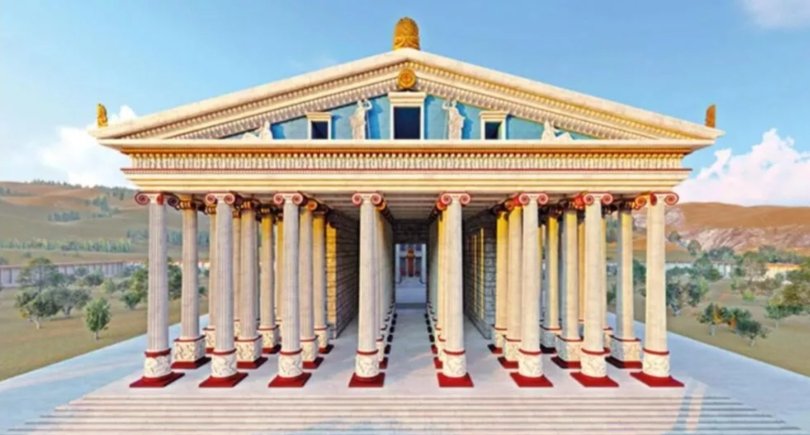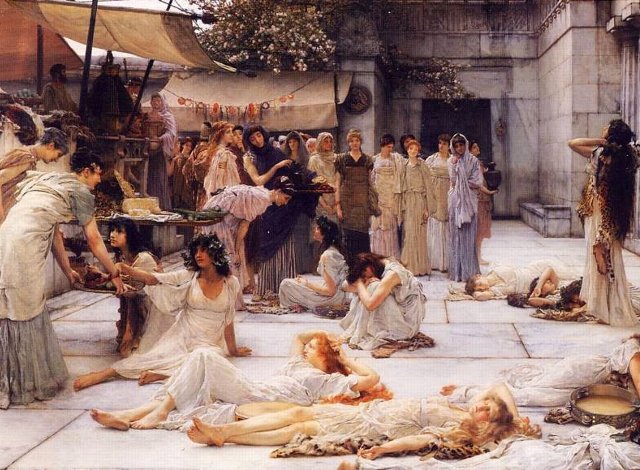The ancient Greek hoplites were heavily armed infantry soldiers who fought in close formation in battles. The hoplites were often required to swear oaths before battles to demonstrate their commitment to their city-state and their fellow soldiers.
There were various oaths that hoplites might swear, depending on the context and the specific circumstances. Some of the most common oaths included:
The Oath of Tyrtaios: This oath was attributed to the ancient Spartan poet Tyrtaios and was often used by Spartan hoplites. The oath required the soldiers to pledge their loyalty to their city-state and to fight with courage and honor.
The Oath of the Ephebes: This oath was taken by young men who had completed their training as hoplites and were about to join the army. The oath required them to swear allegiance to their city-state and to obey their commanders.
The Oath of the Sacred Band: The Sacred Band was a unit of elite soldiers in ancient Thebes, consisting of 150 pairs of male lovers. The members of the Sacred Band swore an oath to protect their fellow soldiers with their lives and to never abandon their positions in battle.
The Oath of the Athenian Hoplites: This oath was taken by hoplites from Athens and required them to swear to fight for their city-state and to protect their fellow soldiers.
These oaths were meant to instill a sense of duty, loyalty, and courage in the hoplites, and to bind them together as a cohesive fighting force.
Oath of the Athenian teenagers
With the weapons entrusted to him by his fatherland, the Athenian youth took the following oath before the temple of Aglauros:
I will not let my weapons be ashamed, nor will I abandon my comrade wherever I am ordered to fight, I will defend the sacred and the holy, both alone and with many, and I will not deliver the country smaller, but larger and more militant than before when it was handed over to me. I will believe in the Gods and I will obey the laws in force and everything else that will be established by law. And if anyone abolishes or challenges the institutions, I will not allow it, but will fight him either alone or with many. And I will honor the sacred legacies of the fathers. My witnesses are the gods Agraulos, Enyalios, Ares, Zeus, Thallus, Auxo, Hegemoni.
Paean of the Spartans
On the march to battle, the Spartan warriors sang the paean:
Before mighty Sparta, you children of the citizen fathers, with your left hand you raise your shield, and with your right hand you boldly raise your spear, without sparing your life, for this is not customary in Sparta!
Oath of the Greeks at Plataea
I will not consider life more precious than freedom. I will not leave any of our leaders in battle, alive or dead, but I will also bury all our allies who have fallen in battle. And after we are victorious in the war against the barbarians, I will not destroy any of the cities that fought for Greece. But the cities joined the barbarians in battle, I will decimate them all. And of the temples that were set on fire and destroyed by the barbarians, I will not rebuild a single one, but will leave them standing for future generations as a reminder of the injustice of the barbarians.









